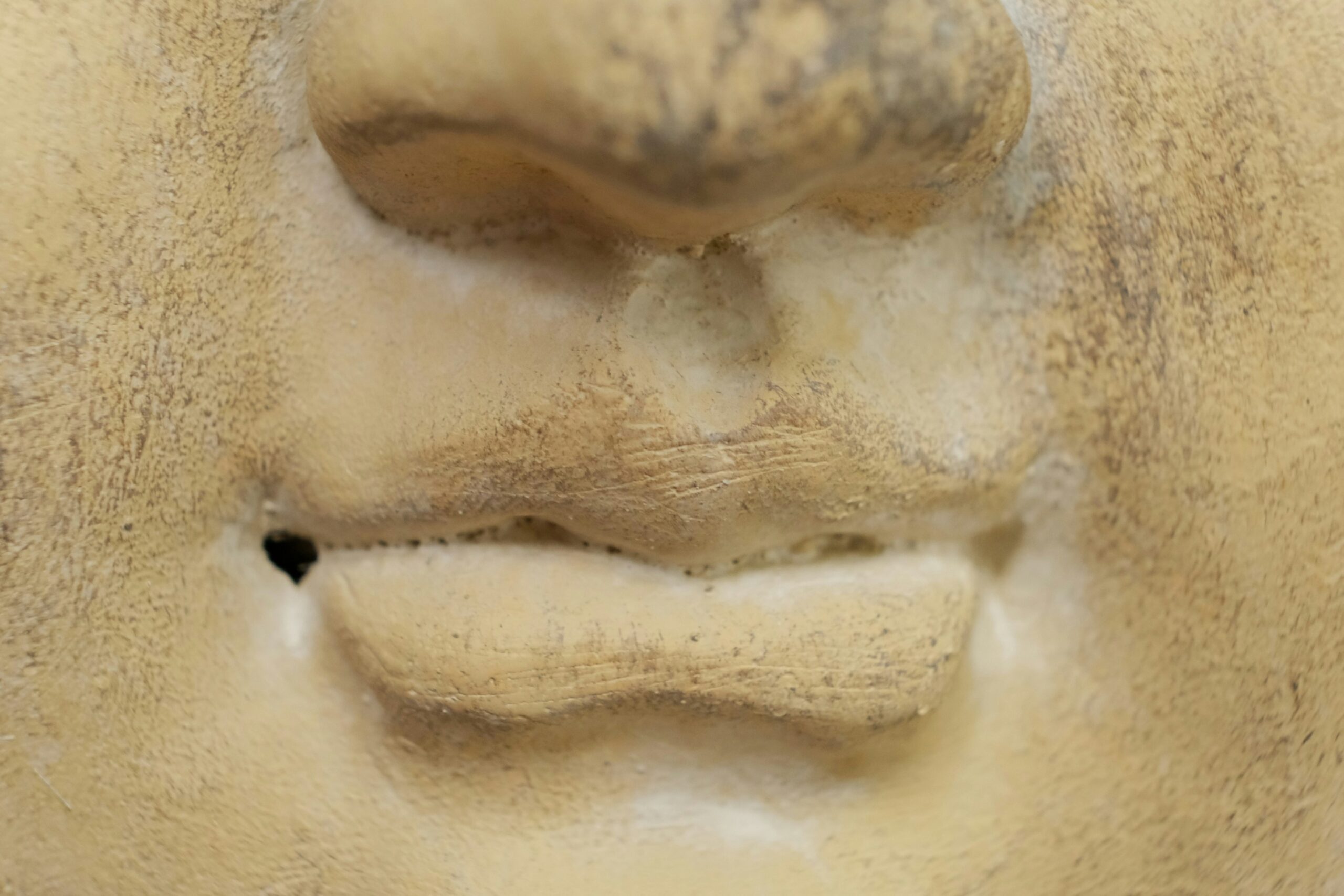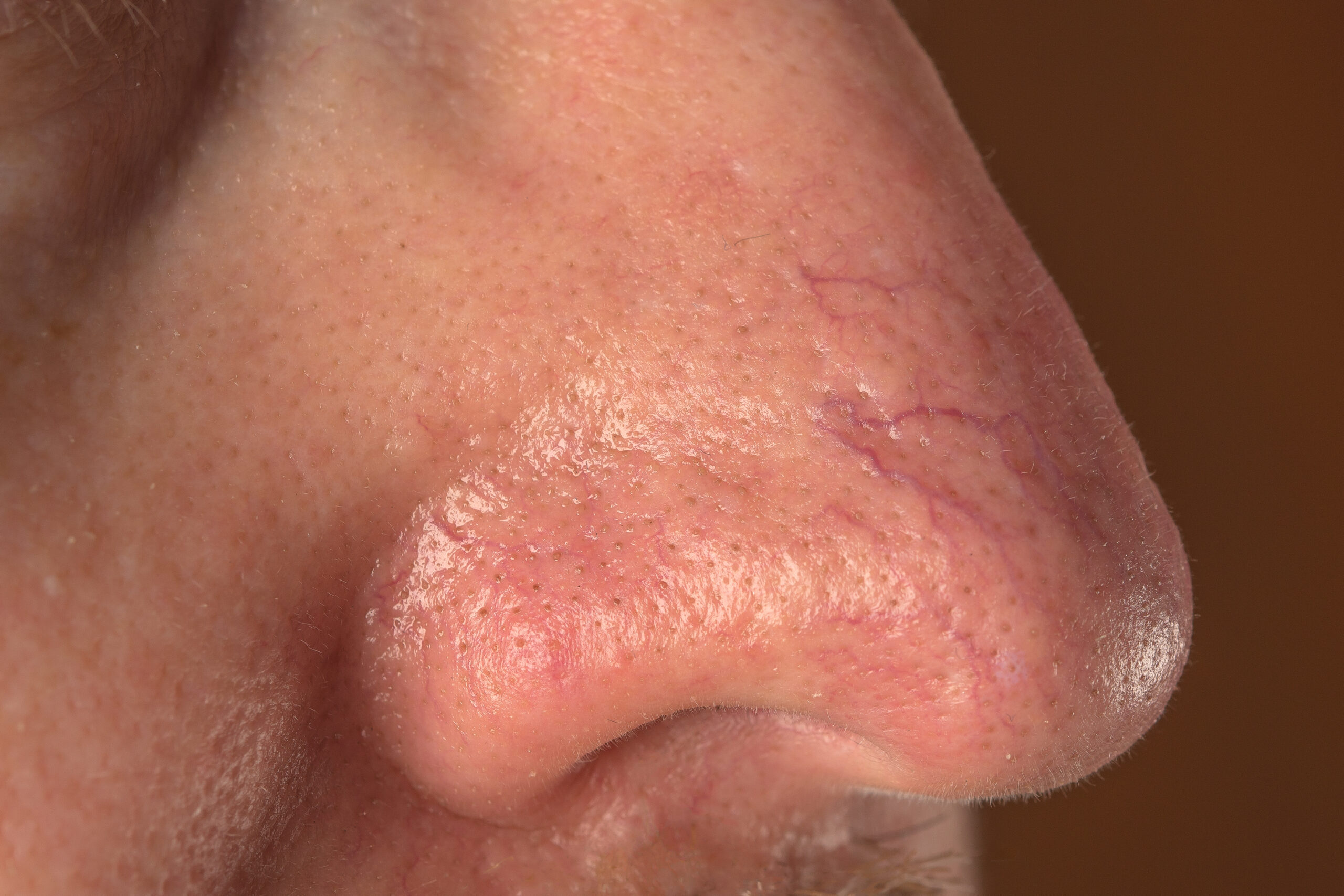Brown Spots and Freckles
Brown spots and freckles that appear on the sun-exposed skin are either ephelides (singular: ephelis) or lentigines. The ephelis tends to disappear with winter times while lentigo is present even in the absence of ultraviolet (UV) radiation. A single individual can have both ephelides and lentigines and the risk factors for both conditions are usually the same.
Ephelides are very common among individuals with fair skin, especially children with red hair. MCR1 gene is believed to be responsible for the formation of ephelides. Not to mention, individuals with darker skin types can inherit these characteristics due to the presence of the MCR1 gene.
Ephelis is brown due to pigment melanin. Melanocytes produce melanin which gets diffused into keratinocytes. The melanin production declines during winter season and increases once the skin gets exposed to the UV radiation that comes from sunlight.
Ephelides usually appear on an individual’s midface. As an individual grows older, the ephelides-type of freckles become less noticeable. They are abundant during the summertime and disappear during winter. Each ephelis is approximately 3mm or less in diameter. Besides sun protection products, no other treatment is needed for ephelides.
Lentigines appear as brown and flat lesions with a well-defined edge. Solar lentigines, which is the most common type, appears in the middle age as a result of sun damage. These lesions are usually found on face and hands. They tend to be larger and more defined in comparison with ephelides. Other types of lentigo are lentigo simplex and spot lentigo.
Similarly to ephelides, the lentigines are also common among individuals with fair skin. However, they also arise in individuals who have frequent exposure to sun and tend to tan easily as well as those who naturally have darker skin. Lentigines usually affect individuals who are 40 years and older.
Solar lentigines are caused by UV radiation either from sun exposure, tanning baths, or medical treatment (e.g. phototherapy).
Solar lentigines usually last for a prolonged period of time. They do not disappear during winter but can fade and become a bit lighter. Their size in diameter can vary from few milometers to several centimetres. The colour appears to be either yellow or grey; it is uniform across the entire lesion. The border of the lesion has a sharp definition. The irregular border may give lesion the scalloped shape. The surface may either be dry or scaly.
Seborrheic keratoses can arise from solar lentigo.
Majority of ephelides and lentigines can be diagnosed clinically. If dermatologist sees the brown mark as potential cancer spot, the lesion can either be further examined with digital dermoscopic surveillance or be excised for pathological analysis.
Not all brown marks on one’s skin can be prevented. Usage of sun protection will greatly reduce the number of new solar lentigines. Besides using just a sunscreen, it will be more effective to use sun-protective clothing and staying out of the sun. Sunscreens should have a high sun-protection factor which is SPF 50+ as well as has a decent broad-spectrum cover. The sunscreen should be applied frequently and liberally throughout the entire body.
Brown marks can slowly fade if sun protection will be used on daily basis (e.g. broad-spectrum sunscreen). Fading or anti-ageing creams can also help these brown spots to fade. These products should contain the following hydroquinone or antioxidants, such as Vitamin C, retinoids, azelaic acid, alpha-hydroxy acids, kojic acid, etc.
Brown marks can also be removed by using cosmetic procedures like chemical peels, cryotherapy, or lasers that target the melanin inside the skin. Multiple sessions are required in order to see improvements.
11 Comments
Comments are closed.
Related Posts




I like this article. Best medical blog.
I like this post.
Helpful guide to brown spots and freckles. Learned a lot of new information, even though I had freckles all my life.
I really like this post!
Found your post very interesting to read!
This is my second visit to this blog. I am thinking about starting a brand new blog in the same category. Your blog provided me with thoughts to work with. (Don’t worry, I won’t be copying you :)) You have done a fantastic job.
I believed it was heading to be some dull aged publish, but it genuinely compensated for my time. I’ll publish a hyperlink to this web page on my blog. I am sure my site visitors will find that extremely useful.
Valuable info. Lucky me I found your website by accident, and I’m shocked why this accident did not happen earlier! I bookmarked it
I had this post saved some time before but my PC crashed. I have since gotten a new one and it took me a while to come across this! I also in fact like the theme though.
Hi! I’ve just subscribed to your website!
Great work!